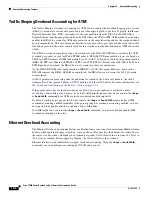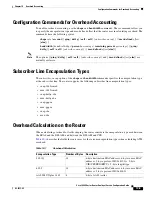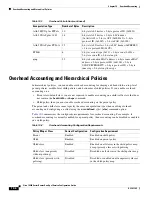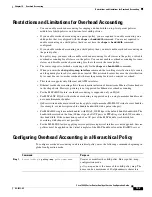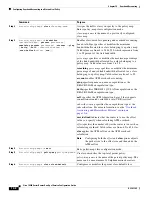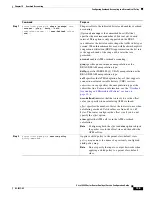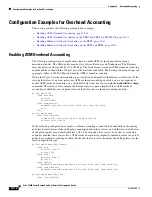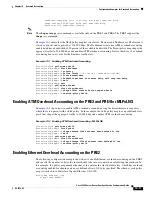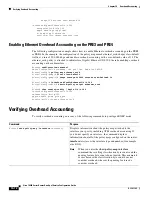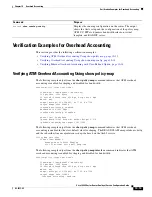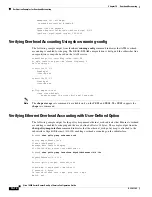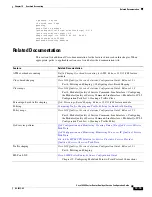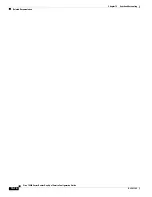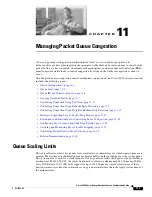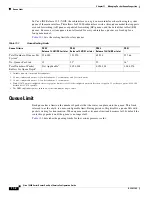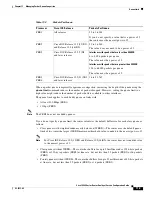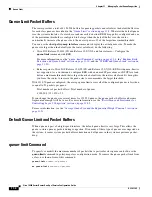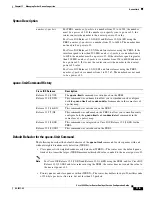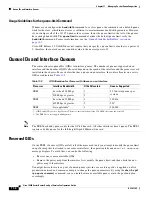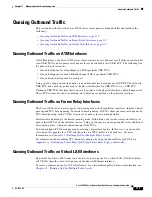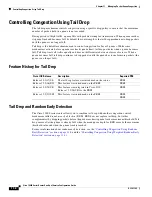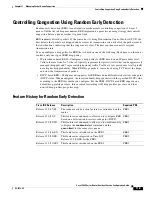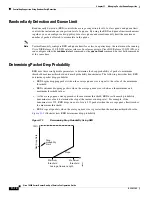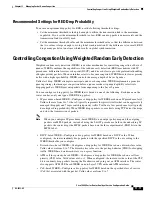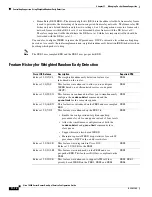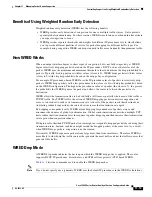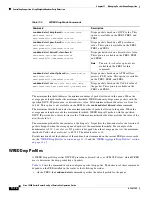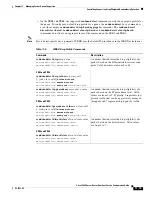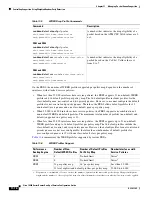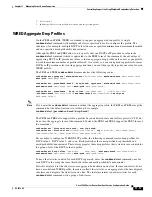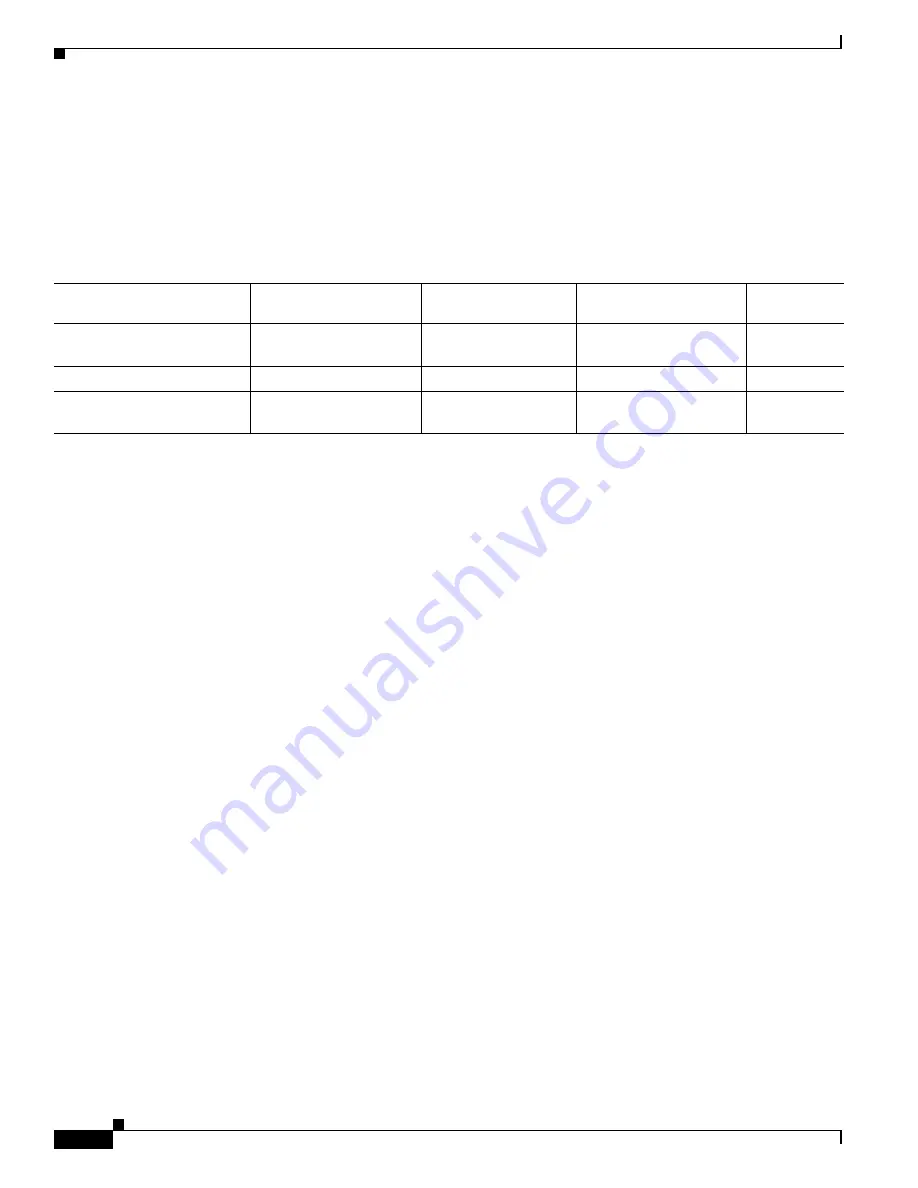
11-2
Cisco 10000 Series Router Quality of Service Configuration Guide
OL-7433-09
Chapter 11 Managing Packet Queue Congestion
Queue Limit
In Cisco IOS Release 12.3(7)XI2, the subinterfaces on a given main interface share the single system
queue of the main interface. This allows for 32,000 subinterfaces with a three-queue model that supports
assured forwarding (AF) queues, expedited forwarding (EF) queues, and the default best effort (BE)
queues. Because a system queue is not allocated for every subinterface, queues are freed up for a
four-queue model.
Table 11-1
lists the scaling limits for class queues.
Queue Limit
Each queue has a limit on the number of packets that the router can place onto the queue. This limit,
referred to as the
depth
, is a user-configurable limit. During periods of high traffic, a queue fills with
packets waiting for transmission. When a queue reaches its queue limit and becomes full, by default the
router drops packets until the queue is no longer full.
Table 11-2
describes the queuing limits for the various processor cards.
Table 11-1
Queue Scaling Limits
Queue Criteria
PRE3
Release 12.2(31)SB2 or later
PRE2
Release 12.3(7)XI or later
PRE2
Release 12.2(16)BX or later
PRE1
Total Number of Queues Per
System
1
1.
Includes network-control and default queues.
256,000
131,070
65,534
32,766
No. Queues Per Link
15
32
2
2.
29 user-configurable queues, 1 class-default queue, 1 system queue, and 1 reserved queue
32
16
3
3.
14 user-configurable queues, 1 class-default queue, 1 system queue
Total Number of Packet
Buffers for Queue Depth
4
4.
With 131,070 queues configured, the average queue limit across all of the configured queues is less than or equal to 32 packets per queue: 4,194,304
divided by 131,070 equals 32.
Not Applicable
5
5.
The PRE3 implements queues in such a way that this limit no longer exists.
4,194,304
4,194,304
1,048,576

